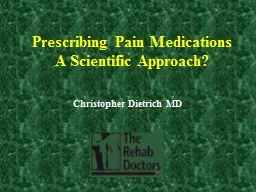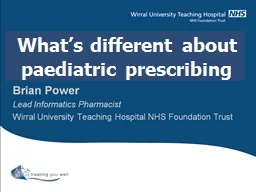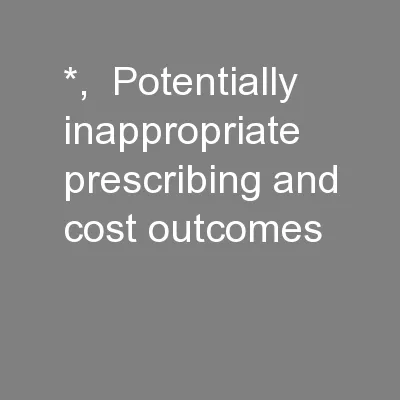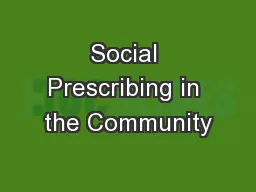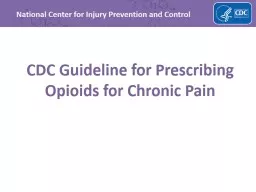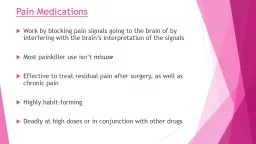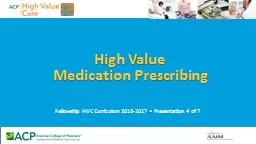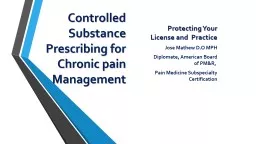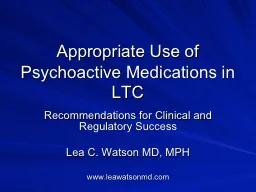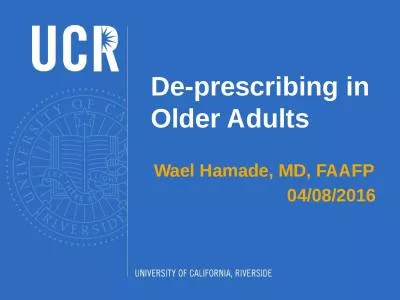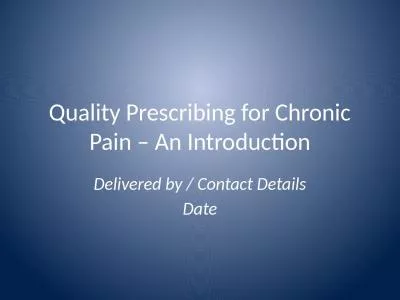PPT-Prescribing Pain Medications
Author : donetrand | Published Date : 2020-06-17
A Scientific Approach Christopher Dietrich MD Scope of the Problem 42 of Emergency Room Visits Pain Problems Estimated 44 million pain related visits made to US
Presentation Embed Code
Download Presentation
Download Presentation The PPT/PDF document "Prescribing Pain Medications" is the property of its rightful owner. Permission is granted to download and print the materials on this website for personal, non-commercial use only, and to display it on your personal computer provided you do not modify the materials and that you retain all copyright notices contained in the materials. By downloading content from our website, you accept the terms of this agreement.
Prescribing Pain Medications: Transcript
Download Rules Of Document
"Prescribing Pain Medications"The content belongs to its owner. You may download and print it for personal use, without modification, and keep all copyright notices. By downloading, you agree to these terms.
Related Documents

